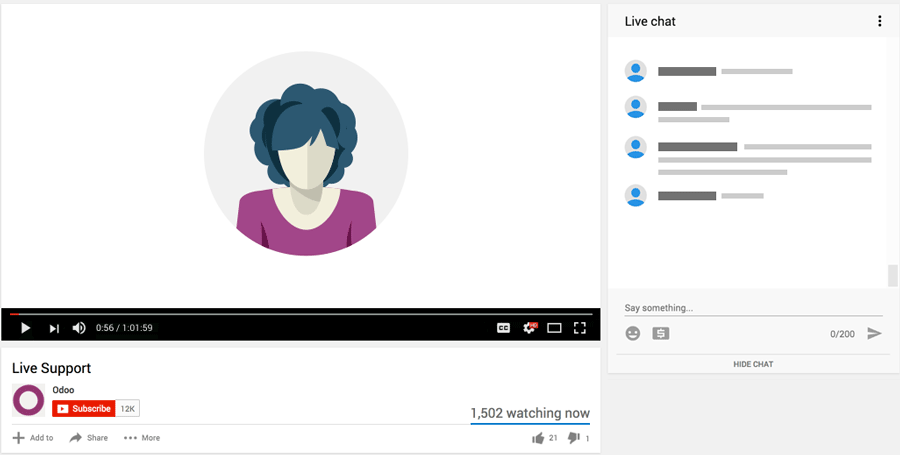"Revenue is vanity, cash flow is sanity, but cash is king."
If you've ever heard that saying before, it's easy to understand how and why invoice reconciliation is so important.
If you recognize this saying, but don't really know what it means, you're in the right place. Even if you don't technically work in accounting, but you deal with finances, knowing what invoice reconciliation is about is a must.
Minimum Input, Maximum Output
Putting in the data you need for doing the reconciliation shouldn't be hard work or take lots of time. Not everyone who runs a business has the time (or interest) in staring at figures and spreadsheets. To make this process even easier, the best solution is a piece of software that matches payments on your bank statement to your open invoices semi-automatically.
My Numbers Don't Match
It would be ideal if all the amounts on your bank statement matched your invoices exactly, but so would be winning the lottery or world peace. But don’t be stressed if the numbers don’t match up. This could be for a number of reasons, but never fear - all have solutions just waiting to be chosen.
Typically, there are five major reasons for invoice mismatches:
1. Maybe you’ve given a discount for early payment.
2. There could be bank charges, like for currency exchanges or international payment fees.
3. Or perhaps the remaining balance will be paid later?
4. There could be an invoice or expense note missing in the system
5. Lastly (and unfortunately), you realize the invoice will never be completely paid so the unpaid part needs to go as a loss in your P&L statement.
There is a number 6...
6. A client has paid too much for an invoice and it can go as extra profit in your P&L.
But, number six would only really happen in your dreams, so we're back down to five reasons!
Ideally, as soon as you've identified the reason you should deal with it straight away by taking the right action (file the invoice, write the expense note, write down the difference as a loss, etc.)
Although they're the main ones, there are probably more than just the five scenarios we've mentioned. It's good practice is to identify extra ones that might occur and add them as well.
The outstanding amount should automatically show up on your original invoice. And, hey presto, that’s partial reconciliation for you!
Whether or not you're an accountant, dealing with invoice reconciliation is crucial - we hope this blog will help you on your way!
A few other points to remember about invoice reconciliation
* Reconciliation helps you stay on top of your company's most valuable asset - cash!
* Proper reconciliation will help you spot any fraud - but to be effective, the person who does the accounting and withdraws money should be different to the person doing the bank reconciliations unless it’s you that does all these things.
* Use a system that allows you to make partial reconciliations, keep invoices open and lets you add whatever extra fields you need.
Reconciliation really can be done in no time at all. Why don't you have a go yourself using our Odoo demo.
Subscribe to our Finance & Accounting Newsletter
Get the new blog posts directly in your inbox

